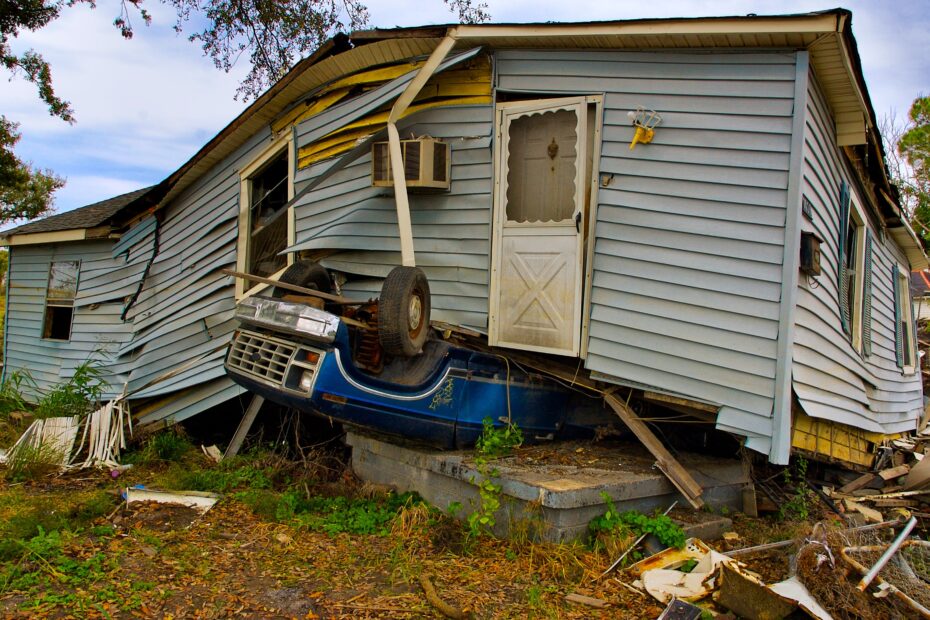Table of Contents
Supplies Needed to Stay Safe After Disaster in an Emergency State
As Hurricane Katrina demonstrated, the flooding and damage sustained during and after the storm can hamper rescue and repair efforts; reliable sources for drinking water, heat, and emergency medical and food supplies are critical.
Where to Buy Survival and Emergency Kits
Many companies sell prepackaged survival kits online and in stores across the country. Amazon has a variety of offers packages for one to five people, with food, water, and other supplies for up to 72 hours of survival after a disastrous hurricane. Packages range from $49.00 to $135.00 and ship directly.
Inspect prepackaged kits and add missing items to ensure they contain everything needed to survive. Family members with special needs (medications, baby formula, etc.) can add their supplies to the kit. Other items such as pet food, comfort toys, and a supply of cash can be added, as well.
The American Red Cross report Your Family Disaster Supplies Kit (see below) contains a comprehensive checklist of six types of disaster and emergency supplies: food, water, first aid supplies, clothing and bedding, tools and emergency supplies, and special items.
How to Make a Hurricane Survival Kit and Disaster Plan
Pack all items in a waterproof, easy to carry plastic container (or several, for large families). Pack food items separately from tools and first aid supplies. Do not pack fire extinguishers, gasoline or other combustible fuels within the kit, but keep close at hand.
Create two first aid kits (see below); place one in the survival kit and one in the car, in case of evacuation. Or, create a second, smaller complete hurricane survival kit in a backpack or duffel bag and store in the trunk of the car.
For more information on personal safety, property protection, and creating a disaster plan, see Hurricane Preparedness: How to Protect Home and Family This Hurricane Season.
Water, Food and First Aid Supplies, and Special Needs Items in a Hurricane Survival Kit
The following list is a guideline according to American Red Cross minimum recommendations and should be modified to suit the needs of the individual/family:
- One gallon of water per person, per day (2 quarts for drinking, 2 quarts for hygiene), stored in plastic containers (to last at least 3 days).
- Non-perishable food items: a 3 day supply per person, including ready-to-eat canned meats and soups, powdered milk and juice, high energy foods such as granola bars and dried fruit, cookies and hard candies, etc.
- Special needs items for infants, the elderly, or disabled family members, such as diapers, formula, insulin or other medications, extra eyeglasses, denture needs, and bottles.
- Important family documents (copies) such as insurance papers, birth certificates and other identification, bank and credit card numbers, and important telephone numbers. Store in a waterproof, airtight plastic bag.
Pack books and games for entertainment and store a corded phone, in case power outages prevent the use of cordless phones. See Emergency Medical Supplies for Hurricane Kits for a complete list of first aid supplies.
Hurricane Survival Kit Clothing, Bedding, Tools and Other Supplies
Pack one complete change of clothing, including footwear, for each family member, with three additional pairs of socks. If possible, pack heavy footwear with steel toes or soles to protect feet when walking through water and debris.
Other necessary clothing and bedding supplies include sleeping bags, gloves, hats, sunglasses, rain gear, and thermal underwear. For a complete list of emergency kit tools and sanitation supplies, see the American Red Cross report Your Family Disaster Supplies Kit.
